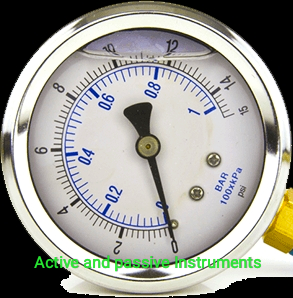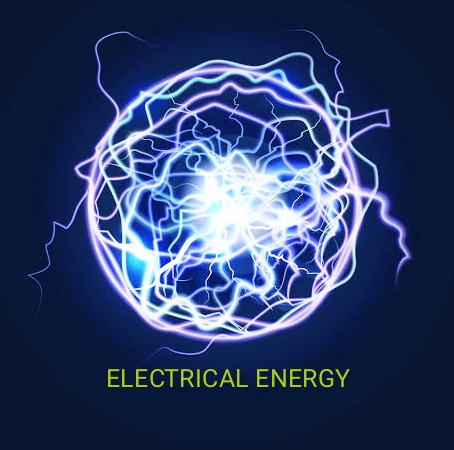Ohm's Law | Basic Law of Electrical | Terms Related to Electrical
Ohm's Law | Basic Law of Electrical | Terms Related to Electrical
Ohm's Law
Ohm's law states that the current through any conductor is directly proportional
to the potential difference between its ends, if the physical conditions of the
conductor do not change.
 |
| Ohm's Law | Basic Law of Electrical | Terms Related to Electrical |
That is, if temperature, length and cross sectional area of conductor are not
changed then,
I ∝ V
or
I = V / R
or
V=IR
where,
V=voltage between ends of the conductor in volts
I=current through the conductor in amperes.
The V - I characteristics of it is shown in below figure.
 |
| V - I characteristics |
If a curve is plotted between V and I it is found to be a straight line.
All materials are broadly classified into three categories depending upon the
resistance they offer to the flow of current through them. The electrical properties of the materials largely depend upon the number of free electrons available.
Terms Related to Electrical
Conductor
It is a material which has a large number of free electrons so, the current can easily flow through it.
All materials with resistivity less than 10^-3 ohm meter behave as conductors such that silver, copper, aluminium, carbon and almost all metals.
Insulator
If the outer electrons of a material are very tightly bound to the nucleus, it
becomes very difficult to remove them from their orbits.
Hence current cannot flow through such materials and they are known as insulators.
All materials with resistivity above 10^5 ohm meter behave as insulators such that mica, porcelain, glass, rubber, oil, plastics, etc.
Semi-conductors
Materials like germanium and silicon are neither good conductors nor insulators.
They are called semiconductors.
Normally their outer electrons are bound
to the nucleus but the electrons can be made free by some means.
Example:
adding some impurity to germanium or silicon can make the outer electrons
free.
By increasing the temperature also these electrons can be made free.
Such materials have resistivities between 10^-3 and 10^5 ohm meter.





Useful law for all electrical
ReplyDelete